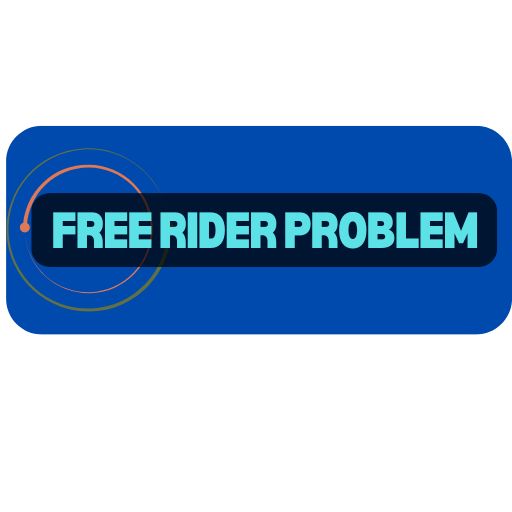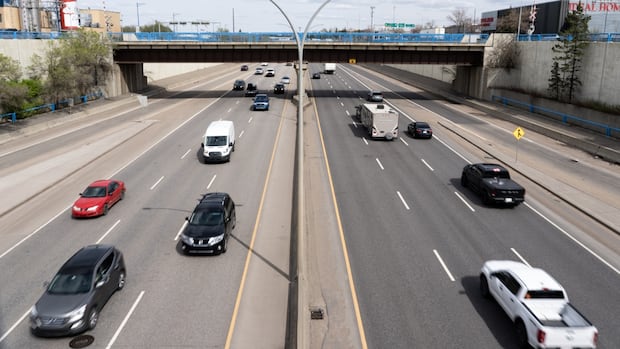Residents of Edmonton’s bedroom communities aren’t paying their fair share when it comes to Edmonton’s infrastructure and services, city officials say.
A report heading to city council’s executive committee on Wednesday identifies a “free rider problem” as one item on a list of financial woes. Roads are one area of regional inequity according to the report — nearly a third of drivers on any given day are from outside the city.
The city estimates the average renewal requirements for its road network from 2024 to 2032 will cost $296.5 million.
On some more regional Edmonton roads, outside residents make up more than 90 per cent of user, the report states. Coun. Michael Janz said the numbers stood out to him.
“Edmontonians are paying for roads that are not necessarily for our use, they’re for regional use and for other municipalities. Yet we don’t get a single tax dollar in return,” he told CBC’s Edmonton AM.
Cathy Heron, mayor of St. Albert, said she was disappointed to hear her constituents called free riders.
“It’s a short-sighted way to look at at a regional ecosystem and and the way we collaborate,” Heron said.
One area for collaboration has been through recreation centre agreements.
“There is a ton of residents from Castle Downs that come to the rec centre in Saint Albert. They paid the exact same prices. While St. Albert residents are carrying the tax burden of that rec centre. So it goes both ways.”
Janz said one solution could be further support from the provincial government — which has maintained Deerfoot Trail in Calgary since 2000.
“This is another example of how Edmonton is a major regional hub, yet we’re not being funded as such from the province.”
The report does not note what percentage of drivers in other major cities come from outside communities.
Economists refer to the “free rider problem” in which someone benefits from a good, service, or resource, without paying for the cost of receiving that benefit.
Currently, Edmonton is paying for half of the Yellowhead Trail Freeway Conversion project, while the other half is split between the provincial and federal government. Whitemud Drive is fully maintained by the city.
In a statement, a spokesperson for the Ministry of Transportation and Economic Corridors said it is investing $2.2 billion over three years in road and bridge construction projects and municipal grants.
This includes more $240 million for upgrades to Yellowhead Trail, as well as over $155 million for the Terwillegar Drive upgrades, which includes improvements on Whitemud Drive.It also includes funding for the 50th Street grade separation project and the twinning of Ray Gibbon Drive.
Tolls?
Janz said while he doesn’t think tolls are a road Edmonton should go down, they’ve been used as a solution in other parts of Canada.
“I can see why if the province isn’t coming to the table, that future city councils may say, ‘yeah, we need a way to recoup some money.’ “
Malcolm Bruce, CEO of Edmonton Global, said the region is strongest when municipalities work together. Edmonton Global is a regional economic non-profit representing 14 member regions.
“The strength of this region is its regional collaboration.”
Bruce said while he isn’t necessarily for or against tolls, he wants the region to remain economically efficient.
“Business works better when it has freedom of movement in terms of good services and people. So anything that causes friction in that movement causes a slowdown in economic outcome.”
In a statement, the Ministry of Transportation and Economic Corridors said while the province doesn’t enforce a ban on toll roads, it does not support them.
“Our government will not support increasing fees or adding tolls that make life less affordable for Albertans. Additionally, penalizing out-of-towners for visiting our largest cities would only hurt local businesses and damage our economy.”
The report says that besides roads, policing pressures, transit, social services, recreation centres, and cultural commitments also serve regional clientele, with a price tag that disproportionately hits Edmonton taxpayers.
Edmonton AM7:09Are people outside the city taking a free ride by using Edmonton services?
In light of a major budget shortfall, the City of Edmonton is assessing financial pressure points. A report to council’s executive committee identifies one issue as the “free rider problem.” Michael Janz is the councillor for ward papastew.
Janz cited one example as the Leduc city council decision to rescind support for an emergency winter shelter, with plans to direct homeless community members to services in Edmonton.
Heron said that St. Albert is making an effort to offer social services so people don’t have to rely on Edmonton. But smaller municipalities get less provincial support.
“It’s not that we don’t want to take care of our own and and build complete communities and have people working and shopping in our own communities, but we are living in the reality that we live beside Edmonton and instead of focusing on the negative of that, let’s try to find the advantages in it,” Heron said.

